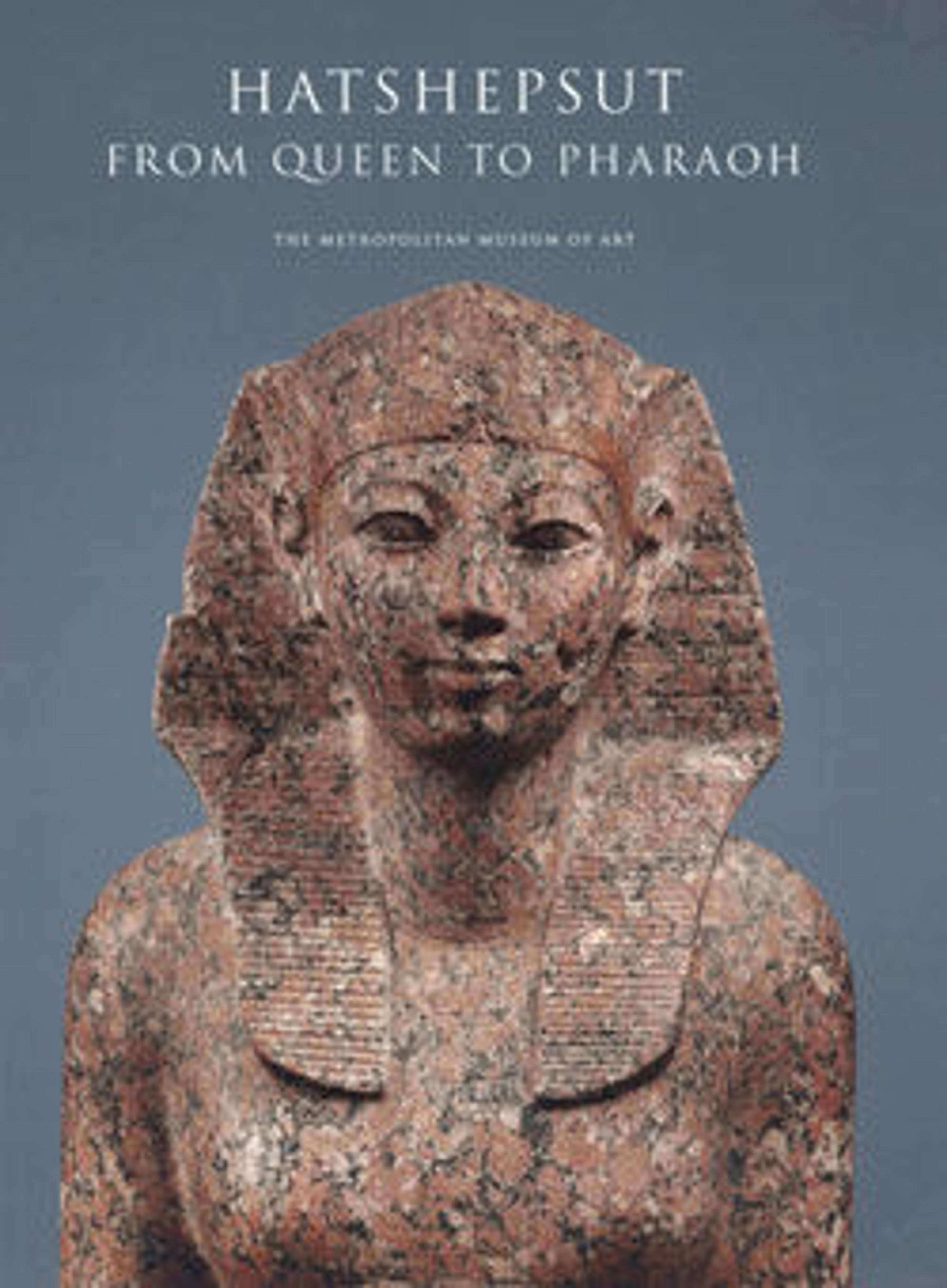Marsh Bowl
The bowl's interior is decorated with a pool surrounded by blue lotus (Nymphaea caerulea) and papyrus flowers. The underside shows the petals and sepals of an open lotus. These motifs symbolize the themes of fertility, rebirth, and regeneration. Shrines dedicated to Hathor produced large quantities of such bowls, some of which have decoration that clearly symbolizes the goddess; others, like this one, bear patterns that are more general. The bright blue color reinforces the importance of the gift to Hathor, "Lady of Turquoise."
Artwork Details
- Title: Marsh Bowl
- Period: New Kingdom
- Dynasty: Dynasty 18
- Reign: Joint reign of Hatshepsut and Thutmose III
- Date: ca. 1479–1458 B.C.
- Geography: From Egypt, Upper Egypt, Thebes, Deir el-Bahri, near pit 219, Hathor shrine rubbish heaps, MMA excavations, 1922
- Medium: Faience, paint
- Dimensions: H. 9 cm (3 9/16 in.); Diam. 32.2 cm (12 11/16 in.); Diam. of base 8.8 cm (3 7/16 in.)
- Credit Line: Rogers Fund and Edward S. Harkness Gift, 1922
- Object Number: 22.3.73
- Curatorial Department: Egyptian Art
More Artwork
Research Resources
The Met provides unparalleled resources for research and welcomes an international community of students and scholars. The Met's Open Access API is where creators and researchers can connect to the The Met collection. Open Access data and public domain images are available for unrestricted commercial and noncommercial use without permission or fee.
To request images under copyright and other restrictions, please use this Image Request form.
Feedback
We continue to research and examine historical and cultural context for objects in The Met collection. If you have comments or questions about this object record, please contact us using the form below. The Museum looks forward to receiving your comments.
